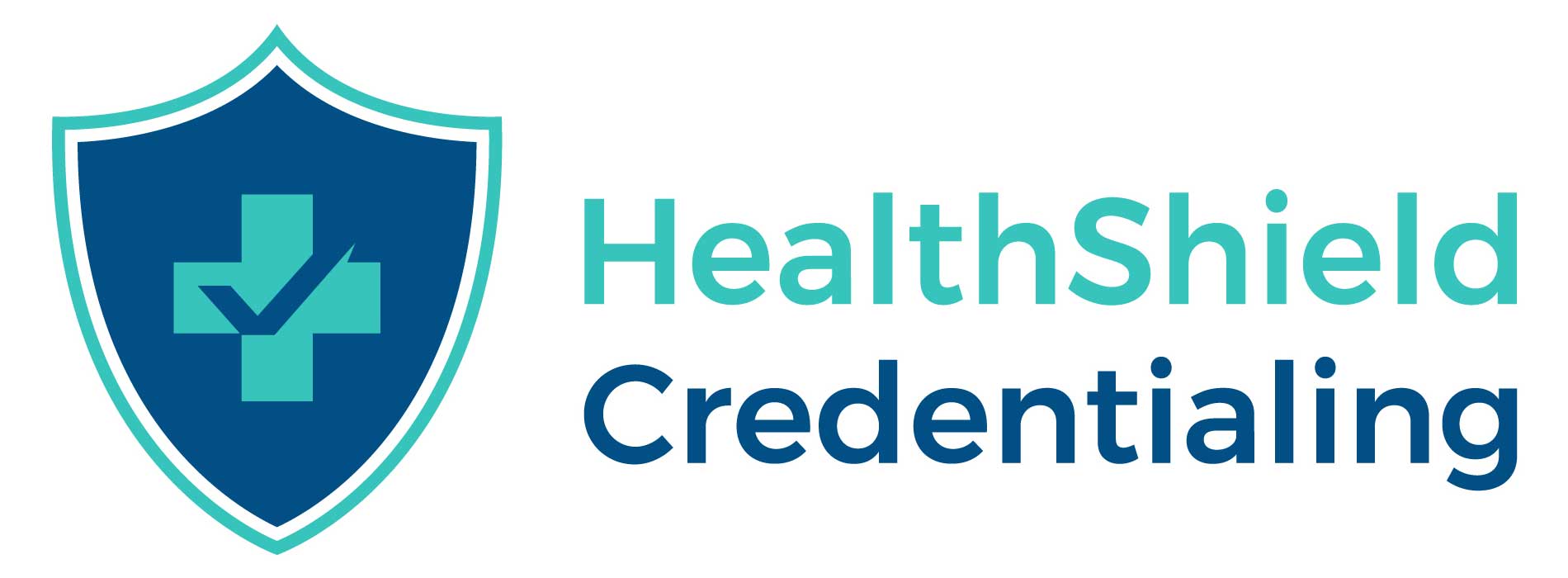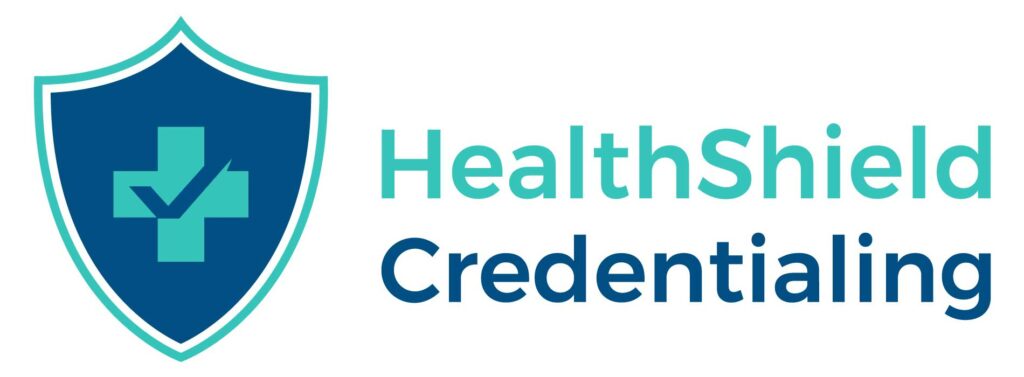Healthcare credentialing is vital to patient safety and delivering quality care. However, it’s not without a lot of challenges. Providers often face several obstacles during the credentialing process, which delay opportunities and can impact their careers. Delayed credentialing also costs the healthcare industry billions of lost monies every year.
In this article, we will explore 5 common challenges in healthcare credentialing and provide some actionable strategies to overcome them. Just understanding these obstacles can help providers streamline the credentialing process so they don’t miss out on any more opportunities.
1. Lengthy Application Processes
One of the top challenges in healthcare credentialing is the lengthy application process. Providers often find themselves swamped with paperwork and administrative tasks. To overcome this challenge, providers can streamline the process by leveraging tools and technology. For instance, they could use credentialing software or an online platform like HealthShield Credentialing to significantly reduce the paperwork, organize and manage their documentation, and accelerate the onboarding process.
2. Navigating Complex Requirements
Credentialing requirements can be complex and vary across different healthcare organizations and specialties. Providers must stay informed and up to date with all these requirements. The best way to do this is to stay current with continuous education, attend seminars, and participate in professional networks. Additionally, seeking guidance from credentialing experts or hiring a credentialing specialist can provide valuable insights and ensure compliance with all necessary criteria.
3. Gathering and Verifying Documents
Collecting and verifying the necessary documents is one of the most time-consuming aspects of credentialing. But the great thing is providers can overcome this challenge by creating a centralized document repository like a cloud-based system. By organizing and maintaining a comprehensive file of their credentials, certifications, licenses, and other relevant documents, providers can easily access and submit the required information quickly. To avoid delays in the credentialing process, providers should regularly update and renew documents ahead of expiration dates.
4. Managing Multiple Credentialing Processes
Providers often work at different healthcare facilities or participate in various insurance networks, each with its own credentialing process. Juggling multiple processes can oftentimes be very overwhelming. Providers should create efficient systems for managing their credentialing processes to overcome this challenge. So that may include creating a detailed checklist, setting reminders for renewals, and utilizing project management tools. These can help providers stay organized and ensure the timely completion of each credentialing process.
5. Addressing Credentialing Delays
Credentialing delays can be frustrating for healthcare providers, especially when they are ready to start practicing or pursuing new opportunities. To handle delays, providers should maintain open lines of communication with credentialing bodies and healthcare organizations. Proactively following up, providing requested information promptly, and building professional relationships can help expedite the credentialing process. Additionally, staying updated on the status of applications and addressing any concerns or discrepancies in a timely fashion can also prevent unnecessary delays.
Main Takeaway
Healthcare credentialing presents many challenges for providers, but with proper strategies in place, these obstacles can be overcome. By streamlining processes, staying informed, utilizing technology like HealthShield Credentialing, and seeking expert guidance when needed, providers can navigate the credentialing journey smoothly and unlock a world of professional opportunities.
About The Author
We at HealthShield Credentialing understand the hassle, inefficiencies, and frustration with credentialing. We help you create one shareable database to keep your credentialing documents secure, ready to share, and available at a moment’s notice. Therefore, no more searching for credentialing information or having to wait until you are home to share your data.







